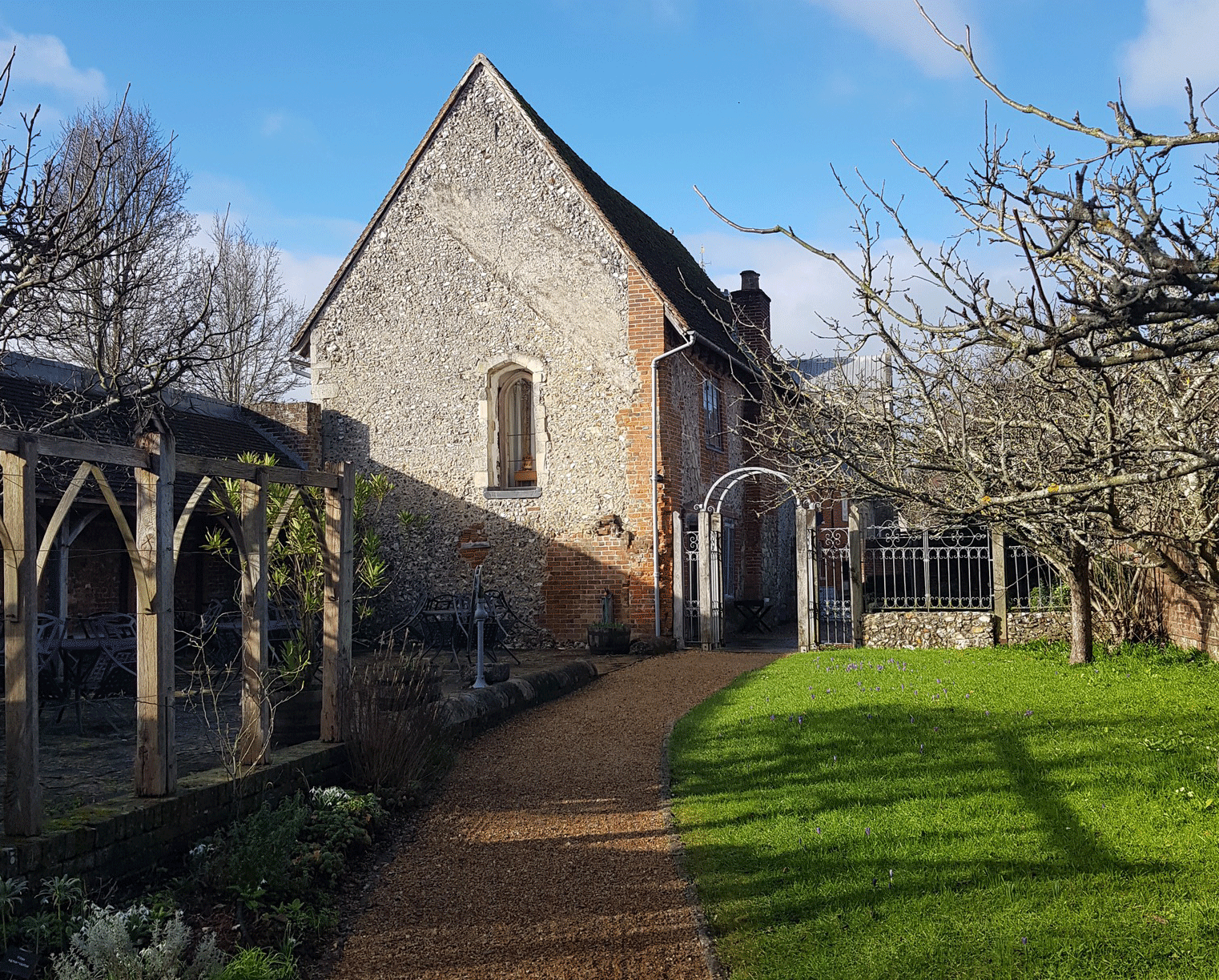This week we’ve been celebrating National Afternoon Tea Week. We’re already two weeks into the Great British Bake Off, and never was there a better excuse to indulge in a cake, biscuit or cup of tea. In celebration of National Afternoon Tea Week we have decided to celebrate some of the 19th and 20th century artefacts relating to teatime here at King John’s House. This article focuses on a tea packet that we have in our collection: Mazawattee Tea
A BRIEF HISTORY OF TEA
Tea plants originated from South East Asia, and it was through imperial expansion and the growth of empire that the consumption of tea travelled to Europe. Tea was originally introduced to the Portuguese in China in the 16th Century, and it was King Charles II’s wife, Catherine of Braganza, who supposedly introduced tea to Great Britain in the mid-17th century – we know tea was in London by the 1660s as Samuel Pepys noted drinking it in his diary. Despite these early beginnings, tea was not widely consumed in Britain until the 18th century.
By the 1850s tea had become fully ingrained into British life, and was both a necessary part of the daily routine as well as a luxury – tea was drunk throughout the day by many members of society, but members of the upper classes also enjoyed extravagant tea parties. By the mid-19th century there were numerous brands, and marketing campaigns upped their game in order to grab public attention; Mazawattee tea was one of these brands.
MAZAWATTEE TEA
The trademark of Mazawattee wasdeveloped in the 1880s and the name likely comes from the Hindi word ‘mazaa’ meaning pleasure or fun, and the Sinhalese term ‘vatta’ meaning garden (loosely meaning ‘pleasure garden’ when put together as Mazawattee’).
Mazawattee tea didn’t go out of business until the second half of the 20th century, and many people today can still recall drinking it at home and seeing posters for Mazawattee tee plastered all over local train stations. The advertising campaign which associated Mazawattee tea with the railways began in the late 1800s when Mazawattee embarked upon a long-standing campaign to ensure that at least one of their posters was up in every single train station across the country.
It’s not surprising that a packet of Mazawattee should end up in Romsey. The extensive marketing campaign meant that Mazawattee tea was everywhere. The picture on the packet was of a grandmotherly figure with a younger girl, thus associating the consumption of Mazawattee tea with every-day family life. By the end of the 19th century the local economy in HAmpshiretook a dip, wages fell and housing prices rose. The local people of Romsey tried to make the most of every occasion that presented itself to enjoy themselves. With this in mind, as with the recent economic crisis, it is quite possible that it was also the little things in life that made a bigger difference during a time of austerity – and Mazawattee was a tea to be enjoyed on a daily basis. There are numerous items in the collection, alongside our Mazawattee tea packet, which include biscuit barrels and tea sets – intricately designed – which demonstrate a tea-time culture.
Beddoes, E., Unpublished Mphil Thesis: The Art of Tea: Late Victorian Visual Culture and the Normalization of an International National Icon (Birmingham, 2014).
Burbridge, B., (ed)., The History of Romsey: A LTVAS Publication (Romsey, 2000).
http://www.vam.ac.uk/




